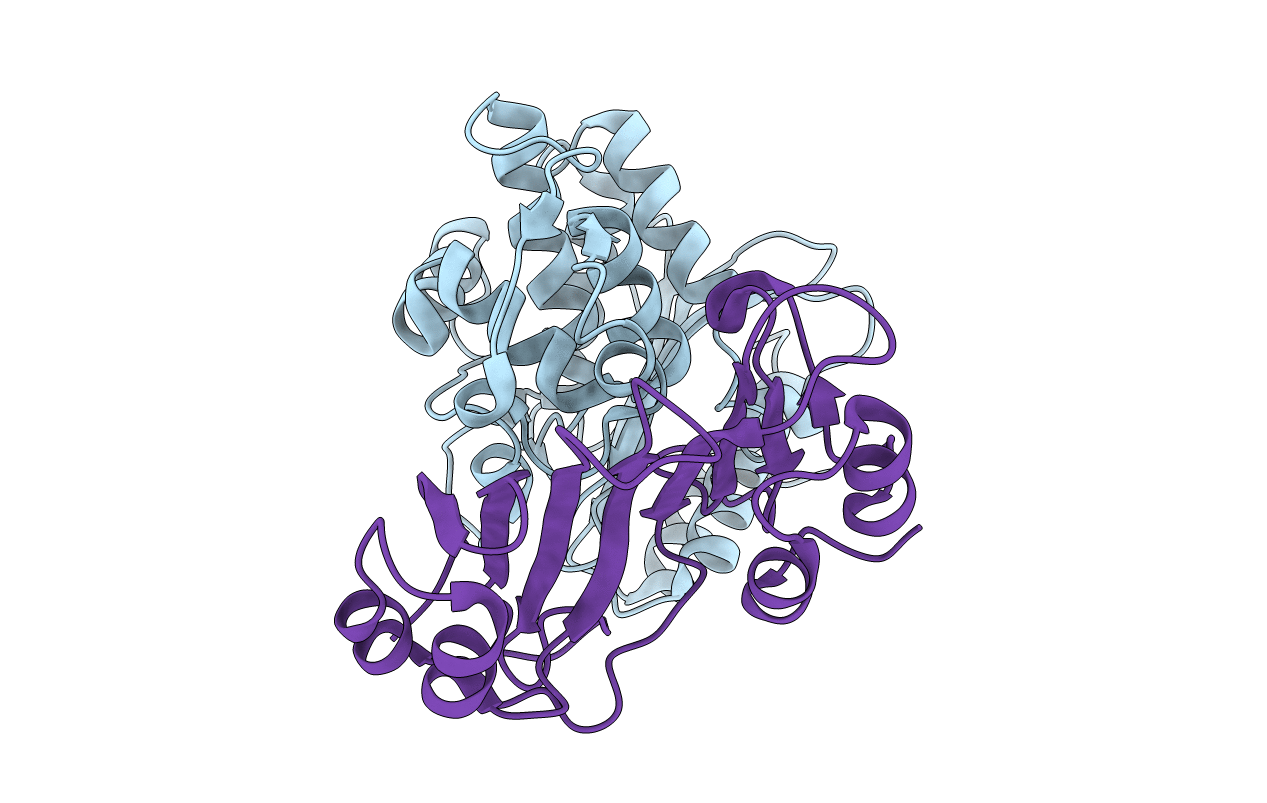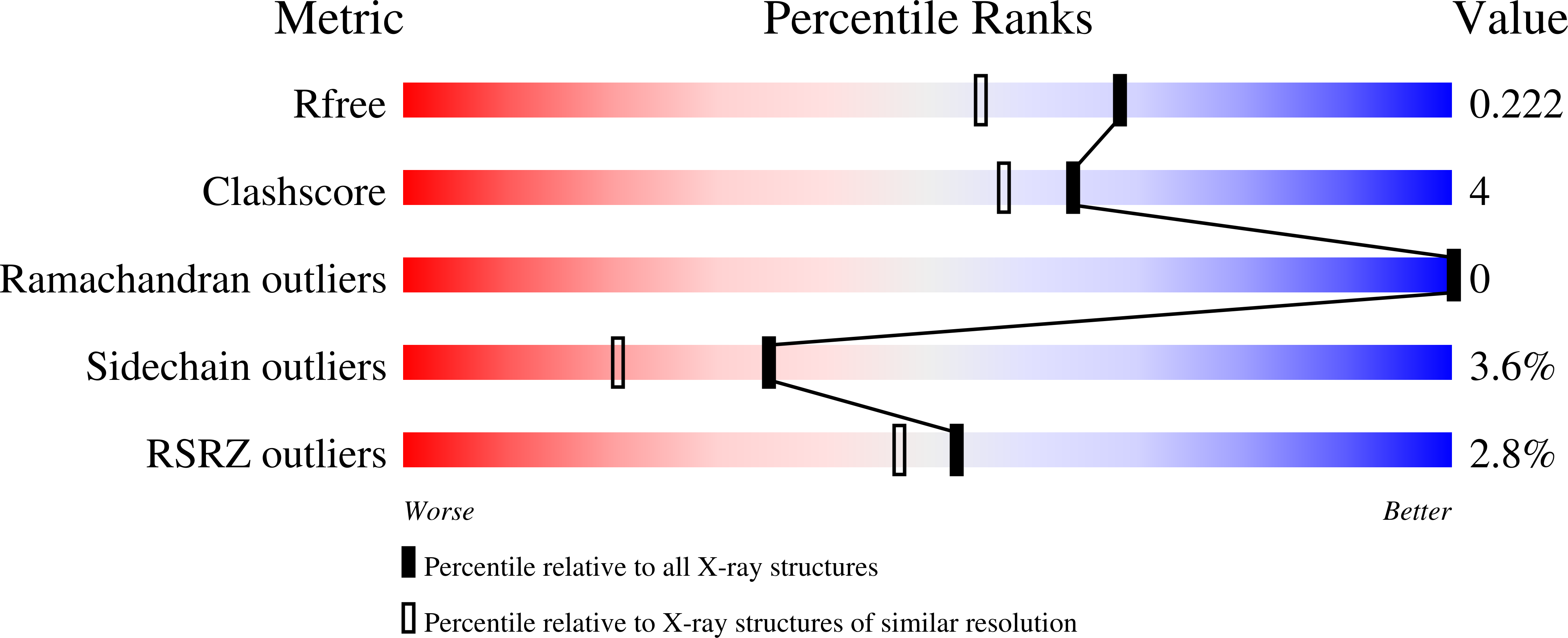
Deposition Date
2006-02-16
Release Date
2006-07-04
Last Version Date
2024-11-20
Entry Detail
PDB ID:
2G2W
Keywords:
Title:
Crystal Structure of the SHV D104K Beta-lactamase/Beta-lactamase inhibitor protein (BLIP) complex
Biological Source:
Source Organism:
Klebsiella pneumoniae (Taxon ID: 573)
Streptomyces clavuligerus (Taxon ID: 1901)
Streptomyces clavuligerus (Taxon ID: 1901)
Host Organism:
Method Details:
Experimental Method:
Resolution:
1.80 Å
R-Value Free:
0.22
R-Value Work:
0.17
R-Value Observed:
0.18
Space Group:
P 1


